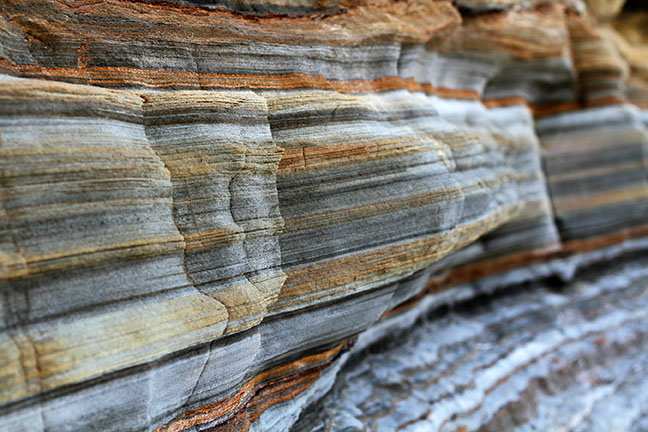

Sedimentary rock is a type of rock that is made up of pieces of other rocks, minerals, or organic matter. Sedimentary rocks are formed when sediment is deposited and then compacted and cemented together.
Sediment can be deposited in many different places, such as rivers, lakes, oceans, and even on the ground. Sediment can be deposited in layers, and the layers can be stacked on top of each other over time. This process of layering is called sedimentation.
Over time, the sediment can be compacted and cemented together to form sedimentary rocks. The type of sedimentary rock that is formed depends on the type of sediment that is deposited, the way that the sediment is deposited, and the conditions under which the sediment is deposited.
There are many different types of sedimentary rocks, including sandstone, shale, limestone, and dolomite. Sandstone is made up of sand grains that have been cemented together. Shale is made up of clay that has been compacted together. Limestone is made up of calcium carbonate that has been deposited from the remains of organisms. Dolomite is made up of calcium magnesium carbonate that has been deposited from the remains of organisms.
Sedimentary rocks are important because they can be used to learn about the history of the Earth. By studying the types of sedimentary rocks that are found in different places, scientists can learn about the different environments that existed in the past.
Sedimentary rocks are the most common type of rock on Earth.

Noun:
The word "sedimentary rock" is a compound word, consisting of the words "sediment" and "rock".
The word "sediment" comes from the Latin word "sedimentum", which means "that which settles".
The word "rock" comes from the Old English word "roc", which also means "rock".
The first recorded use of the word "sedimentary rock" in English was in the 17th century.
The word "sedimentary rock" is an English word, and it is not related to any other languages.
How is sedimentary rock formed?